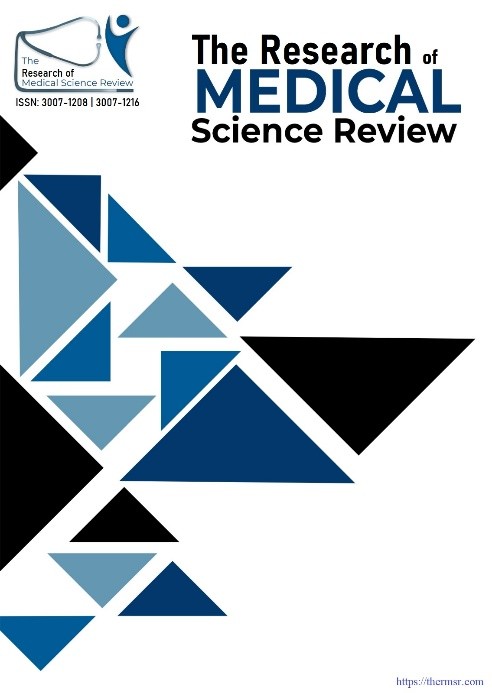PREVALENCE AND CORRELATION OF CONVENTIONAL AND NOVEL RISK FACTORS IN CORONARY HEART DISEASE
Main Article Content
Abstract
Coronary heart disease (CHD) remains a leading cause of morbidity and mortality globally, with increasing prevalence in developing countries such as Pakistan. While conventional risk factors such as diabetes, hypertension, obesity, and dyslipidemia are well recognized, they do not fully explain the burden of CHD. Novel biomarkers like homocysteine and C-reactive protein (CRP) have emerged as important indicators of cardiovascular risk.
This cross-sectional study was conducted among adults in Faisalabad, Pakistan, to determine the prevalence and correlation of conventional and novel CHD risk factors. Participants were selected through systematic random sampling. Data on demographic, lifestyle, clinical, and biochemical variables were collected through structured questionnaires, physical measurements, and laboratory assays. Fasting blood glucose, lipid profile, homocysteine, and CRP were analyzed.
A total of 530 adults participated, with a mean age of 38.1 ± 13.4 years. The prevalence of hypertension, obesity, diabetes, elevated CRP, and hyperhomocysteinemia was 48.6%, 17.2%, 8.9%, 20.3%, and 41.5%, respectively. Homocysteine showed a significant positive correlation with blood pressure (p<0.01) and dyslipidemia, while CRP was associated with obesity (p<0.001). The addition of homocysteine and CRP to traditional risk assessment improved prediction accuracy for CHD risk.
In conclusion, both conventional and novel risk factors contribute substantially to the CHD burden in Faisalabad. Incorporating novel biomarkers such as homocysteine and CRP may enhance early detection and prevention strategies in high-risk populations.
Downloads
Article Details
Section

This work is licensed under a Creative Commons Attribution-NonCommercial-NoDerivatives 4.0 International License.
